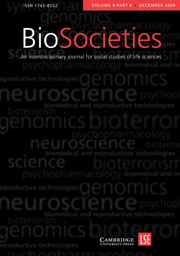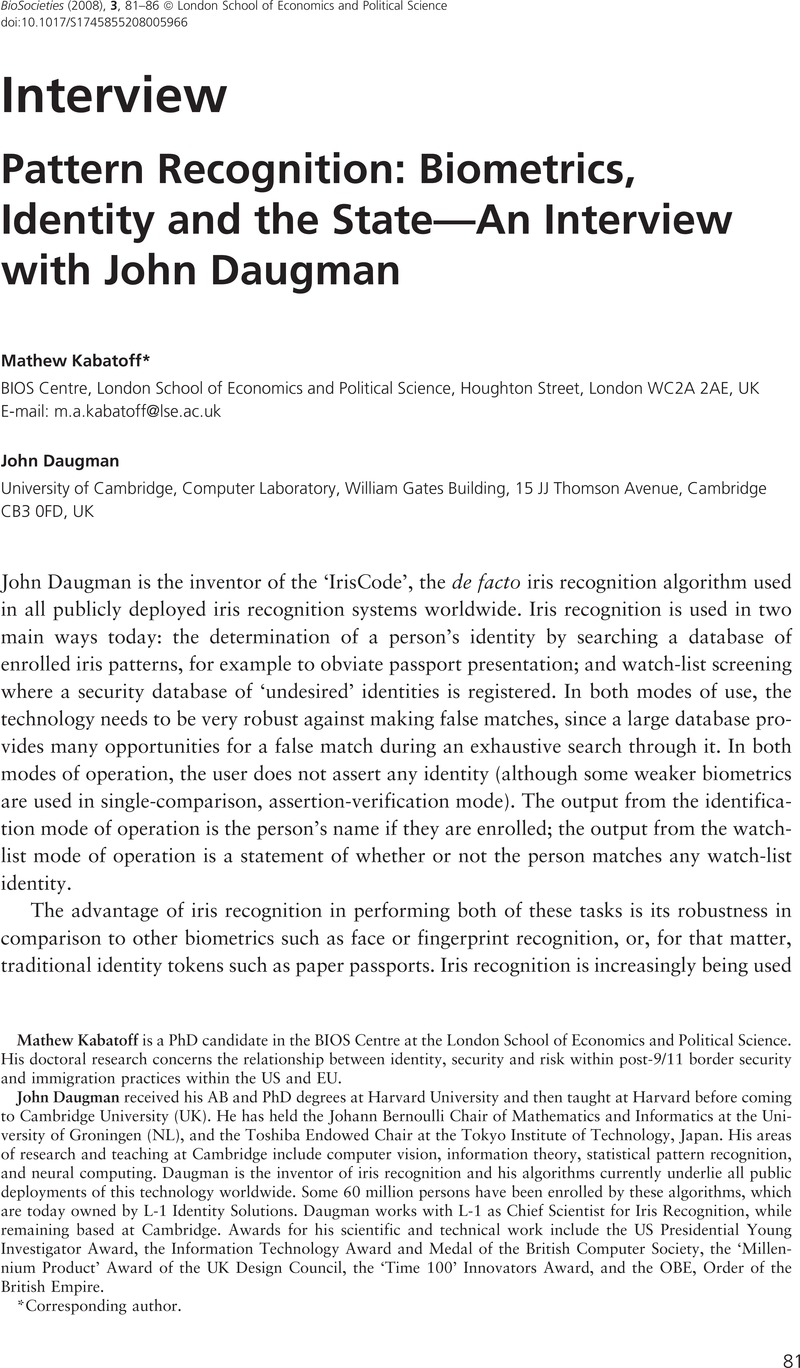Crossref Citations
This article has been cited by the following publications. This list is generated based on data provided by Crossref.
Whitley, Edgar A
and
Hosein, Ian R
2008.
Doing the politics of technological decision making: due process and the debate about identity cards in the U.K..
European Journal of Information Systems,
Vol. 17,
Issue. 6,
p.
668.
Whitley, Edgar A.
and
Hosein, Gus
2010.
Global Identity Policies and Technology: Do we Understand the Question?.
Global Policy,
Vol. 1,
Issue. 2,
p.
209.
Coudert, Fanny
2010.
When video cameras watch and screen: Privacy implications of pattern recognition technologies.
Computer Law & Security Review,
Vol. 26,
Issue. 4,
p.
377.
Martin, Aaron K
and
Whitley, Edgar A
2013.
Fixing identity? Biometrics and the tensions of material practices.
Media, Culture & Society,
Vol. 35,
Issue. 1,
p.
52.
Whitley, Edgar A.
Gal, Uri
and
Kjaergaard, Annemette
2014.
Who do you think you are? A review of the complex interplay between information systems, identification and identity.
European Journal of Information Systems,
Vol. 23,
Issue. 1,
p.
17.
M. Ayoup, Ahmed
A. M. Khalaf, Ashraf
El-Shafai, Walid
E. Abd El-Samie, Fathi
Alraddady, Fahad
and
M. Serag Eldin, Salwa
2022.
Cancellable Multi-Biometric Template Generation Based on Arnold Cat Map and Aliasing.
Computers, Materials & Continua,
Vol. 72,
Issue. 2,
p.
3687.


